Giant’s Graves
The Giant’s Graves are actually early Bronze Age horned galley graves with a central chamber. The covering mound has long since weathered away, leaving the inner chamber as a jumble of upright stones standing over a narrow stone lined depression in the ground.

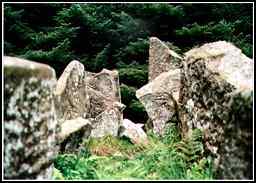
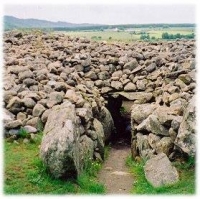

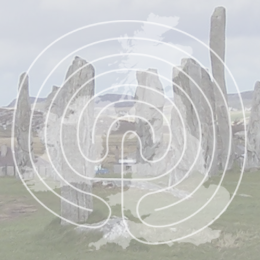

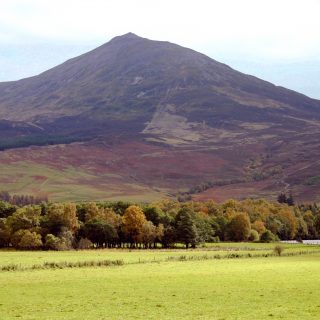
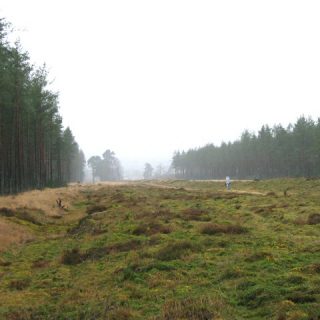
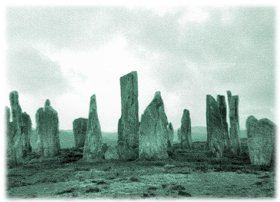
Recent Comments